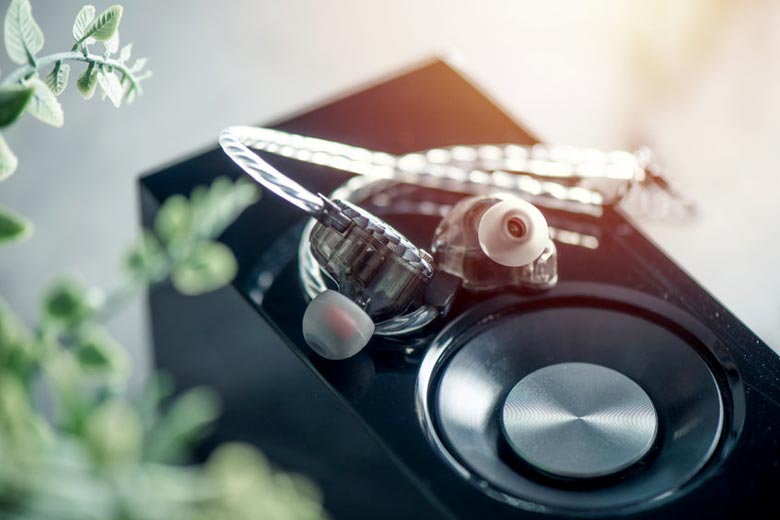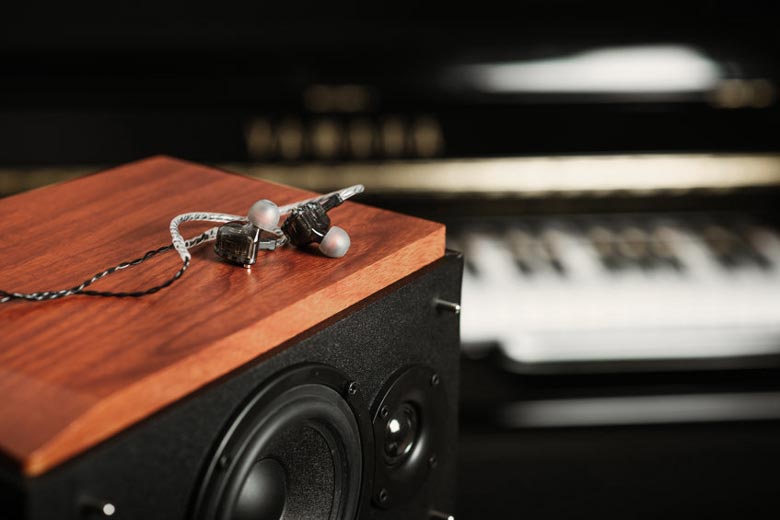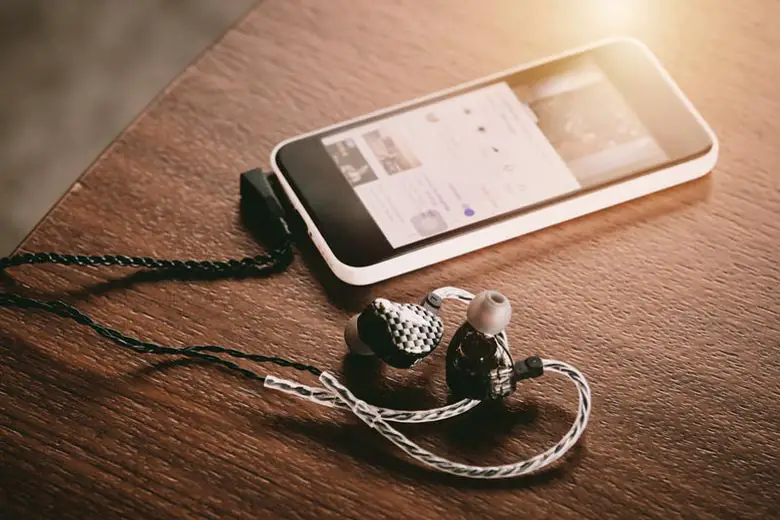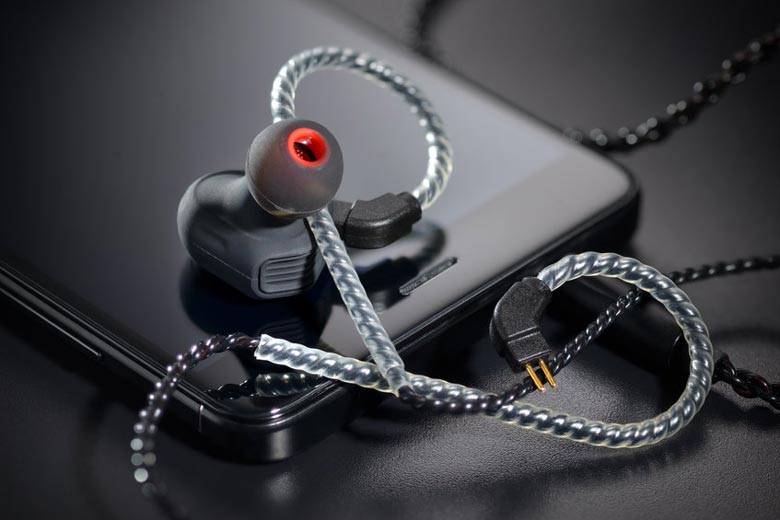There’s a strong possibility that you’re listening to music right now on your headphones but have never tried IEMs. In-ear monitors are primarily designed for professional usage, so most people don’t rush out to buy them just to listen to some tunes. So, are IEMs good for listening to music, or should they be reserved for professional use only?
Generally, IEMs are very good for listening to music. In fact, some audiophiles prefer in-ear monitors over other types of headphones. IEMs offer high audio quality, portability, good comfort, and noise isolation. Also, they are a great bang for your buck, making them a perfect choice for beginner audiophiles.
Let’s look at what IEMs are and whether they actually have better sound quality compared to earbuds and headphones. I’ll also discuss who IEMs are for and what makes them unique. I’ll also go over some of the best IEMs for music listening on the market.

Do IEMs Have Better Sound Quality Than Earbuds?
IEMs are used by composers, audiophiles, sound engineers, and live-performing artists. They are usually made of high-quality materials like metal, acrylic, and resin. They get nestled into your ear canal, enabling accurate audio monitoring in a studio for mixing.
On the other hand, earbuds are commonly used for casual music listening — you wear them when walking down the street, on the bus, on the train, etc. You wouldn’t bring a pair of AirPods into a professional music studio. So, does that mean that IEMs sound better than earbuds?
Generally, IEMs have better sound quality than earbuds. They provide better clarity, definition, and bass than earbuds. They’re also louder than earbuds and isolate noise better. However, many IEMs are designed for audio monitoring, not music listening. So, without EQ they might sound a bit flatter than you’re used to.
But that’s just like how some of us want it, music that sounds as close to the original recording as possible.
Related article: Do IEMs Need Burn-In? Everything You Need To Know
Are IEMs Only for Musicians?
In-ear monitors are called monitors because they were initially designed to allow artists and musicians to “monitor” various audio sources in multiple locations. An artist can hear a mix of numerous instruments and vocals coming straight into their IEM.
Singers often also utilize them to keep track of the instrumental recording. Professional IEMs are often custom-fitted to the ears that wear them.
IEMs aren’t only for musicians. IEMs are commonly used for casual music listening and other things.
Some audiophiles prefer IEMs over traditional earbuds or headphones because of their excellent sound quality, portability, snug fit, enhanced sound clarity, and flat frequency response curve. Also, they are a great bang for your buck!
They allow artists to hear their music more clearly as the engineering behind them is vastly more complex compared to earbuds. Professional artists will choose an IEM for a variety of other reasons, though.

This is in no small part thanks to the number of drivers within every earbud and how IEMs fit your ear.
However, IEMs are now widely available to the general public. For every listener, stores can provide a broad range of pricing, styles, and sound characteristics. You can easily find them online or in your local music store.
Audiophiles Love Listening to Music on IEMs
Even if you don’t consider yourself an audiophile, IEMs can still enhance your listening experience, as the fit of the ear tips and the way IEMs are placed inside the ear canal allows you to hear a wider spectrum of sound.
Traditional earbuds block ventilation, causing your ears and everything around them to get hot and humid. Over-ears are cumbersome. IEMs are light and comfortable to use for extended periods.
Although in-ear monitors don’t feature active noise cancellation, they block out most ambient noise. It’s improbable that you’ll hear any sound from your surroundings, even at a very low volume.
This implies you can listen to music at a decent volume even if there is surrounding noise.
Also Read: Do IEMs Leak Sound? 4 Important Facts
Should You Buy IEMs?
Listening to music is a personal activity. Whether you’re listening to music, watching your favorite web series, or playing a game, audio plays a significant part in enhancing the whole experience. So, how can a pair of IEMs enhance your music listening?
You should buy IEMs if you care about superb audio quality and great noise isolation at a very reasonable price. On the other hand, in-ear monitors may not be best for you if you favor cordless earbuds, want active noise cancellation, or want to hear your surroundings when listening to music.
If you do decide to buy a pair of IEMs, you’ll be well on your way to becoming a member of the audiophile community.

There are several reviews, recommendations, and trade groups available for music aficionados, so you can easily find what you’re looking for.
Additional tools are available to help you get the most extraordinary performance from your IEMs using an EQ.
A big advantage to buying IEMs is that you don’t need a separate headphone amplifier when using a pair of IEMs.
Generally, your phone won’t have any problem driving your in-ear monitors.
Unfortunately, that isn’t the case for some of the over-ear headphones out there, which simply need an amp to sound their best.
IEMs: A Unique Technology
The most noticeable distinction between in-ear monitors and other products is their appearance. IEMs are designed to fit the shape of your ear canal. Ear tips are typically made of silicone, foam, or rubber. The wire is flexible and designed to go over your ears; it acts as an ear hook.
IEMs are particularly pleasant to use for longer durations since they fit so tightly in your ears. They also filter out ambient sounds thanks to their tips and shape.
The modular structure of IEMs is yet another distinguishing aspect. Almost all IEMs include detachable wires and standard ear tips. You can replace the cable with a spiral one for added longevity or an extremely lengthy one for live performances.

The sound quality of IEMs may be the most compelling reason why audiophiles choose them. A transducer (driver) turns electrical impulses into audio waves in portable audio outputs.
The majority of current IEMs employ a balanced armature and a small, robust transducer. Others make use of a dynamic driver, which can help with bass. More drivers usually imply better performance throughout a wider range of frequencies, resulting in a better listening experience for you.
High-end monitors might contain many drivers, each designed for a distinct frequency range, allowing you to tailor an audio arrangement to your preferences.
Best IEMs for Music Listening
Thanks to the significant difference in price between high-end and entry-level in-ear monitors, you’re likely to find something that fits your budget.
Here are a few popular models that are great for their price:
Conclusion
Many audiophiles and reviewers prefer IEMs to earbuds because they allow them to listen to music as intended by the musicians, without any filters or over-the-top modification.
Also, IEMs form a tight seal within the ear, blocking most external sounds.
The ear canal lock keeps the music limited to the listener’s ear, ensuring that those in the vicinity are not bothered, making it a suitable product for everyone.


